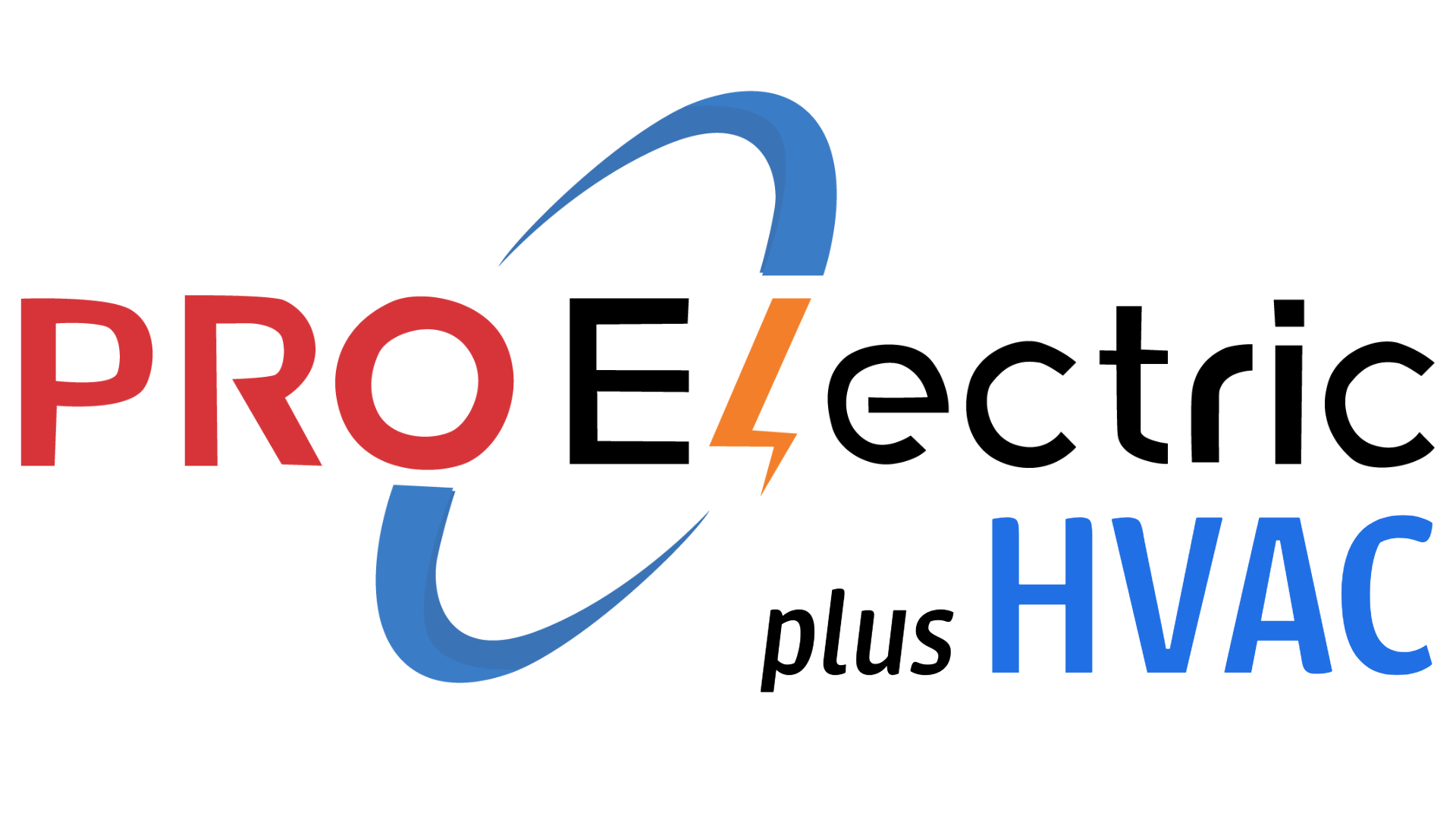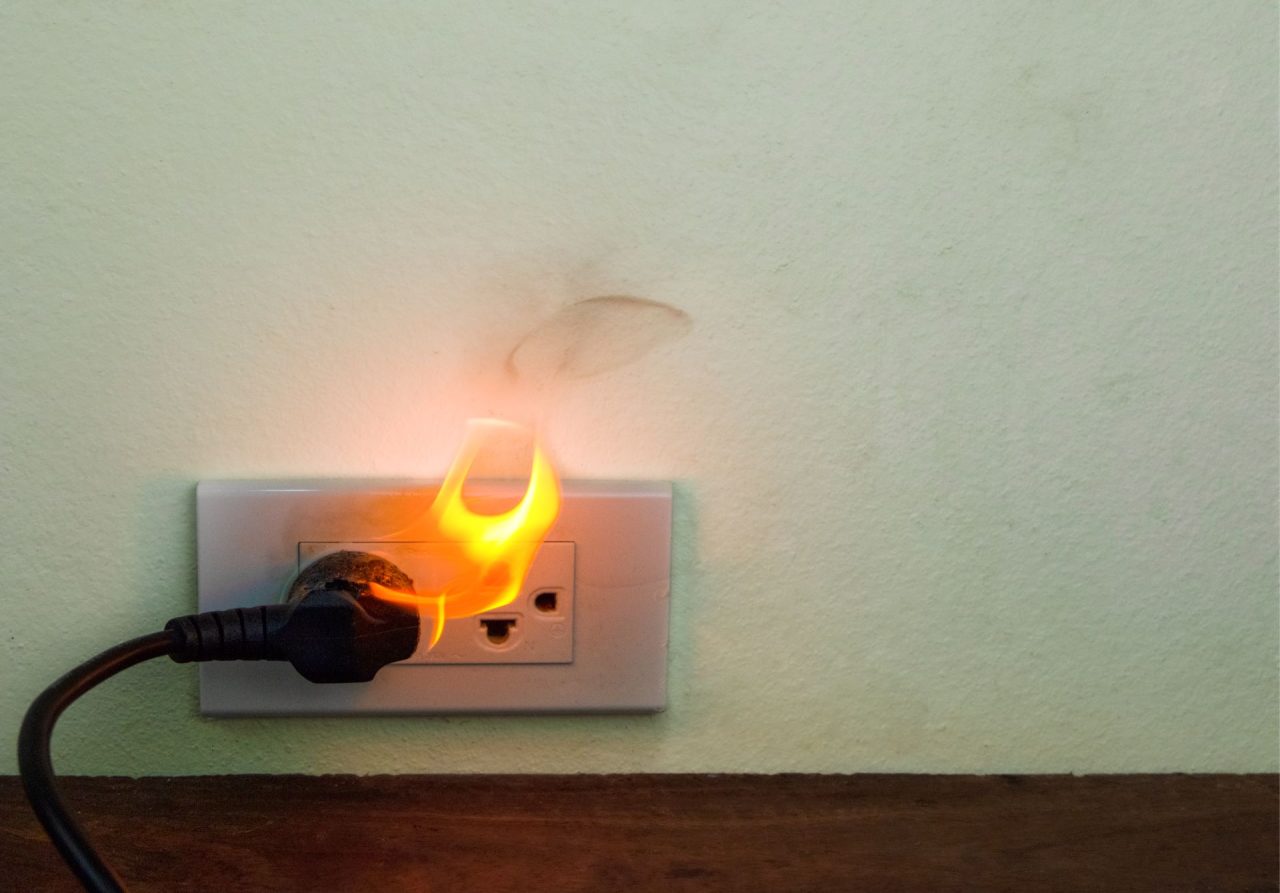45 Types and Causes of Electrical Failures in Northern Virginia Homes
Electricity is essential to modern living, but it also poses potential hazards when not maintained or used correctly. Electrical failures in homes can range from minor inconveniences to serious safety hazards, causing power outages, equipment malfunctions, and even fires.
Understanding the types and causes of electrical failures is crucial in preventing potential dangers and maintaining a safe electrical system in your home. This article will explore the 45 different electrical losses in homes, from power outages and short circuits to voltage spikes and poor-quality electrical components. We will also discuss the potential causes of these failures and provide tips on preventing them. By understanding electrical failures and taking proactive measures to avoid them, you can ensure the safety and reliability of your home’s electrical system.
Several types of electrical failures can occur in a home. Here are 45 examples and their potential causes:
1. Power Outages: This occurs when the electricity supply to a home is interrupted. Causes of power outages can range from severe weather conditions like thunderstorms, hurricanes, and tornadoes, to technical problems with the electrical grid or equipment.
2. Short Circuits: A short circuit happens when two conductors come into contact, causing a large amount of current to flow through the course. This can lead to overheating, fire, and even electrocution.
3. Overloaded Circuits: This occurs when too many devices are connected to a single circuit, causing it to overheat and potentially ignite a fire.
4. Ground Faults: A ground fault occurs when an electrical current finds an unintended path to the ground. This can happen when a faulty appliance or electrical equipment is plugged in, and it can cause shock or electrocution.
5. Arc Faults: Arcing happens when insulation is broken between two conductors, causing a spark or arc. This can cause electrical equipment to malfunction, and it can also start fires. Voltage Spikes: These sudden increases in voltage can damage electrical equipment and appliances, leading to premature failure.
6. Brownouts: A brownout occurs when the voltage drops below its usual level, causing lights to dim and appliances to run less efficiently. This can be caused by high demand on the electrical grid or faulty wiring.
7. Open Circuits: This occurs when a circuit is interrupted or broken, preventing the flow of electricity.
8. Loose Connections: Loose connections can cause electrical equipment to malfunction or fail. They can also create a fire hazard due to the heat generated by the resistance of the loose connection.
9. Ground Loops: A ground loop happens when an electrical system has more than one ground point. This can cause unwanted electrical interference and damage to sensitive electronic equipment.
10. Electrical Noise: This refers to unwanted electrical signals that can interfere with the regular operation of electronic devices.
11. Corrosion: Corrosion can damage electrical components, connections, and wires. This can be caused by exposure to moisture, high humidity, or other environmental factors.
12. Overvoltage: Overvoltage occurs when the voltage exceeds its average level, which can cause damage to electrical equipment and appliances.
13. Under-voltage: occurs when the voltage drops below its average level, causing appliances and equipment to run less efficiently.
14. Electromagnetic Interference (EMI): EMI occurs when electrical signals interfere with electronic devices, causing them to malfunction or fail. Nearby power lines, radio signals, or other sources of electromagnetic radiation can cause this.
15. Electrical Surges: These sudden increases in voltage can cause damage to electrical equipment and appliances.
16. Power Sags: A power sag occurs when the voltage drops below its average level for a short period. This can cause appliances and equipment to malfunction.
17. Power Fluctuations: These are sudden changes in voltage that can cause electrical equipment to malfunction or fail.
18. Voltage Imbalance: This occurs when the voltage is not distributed evenly between the phases of a three-phase electrical system. This can cause equipment to overheat or fail.
19. Electrical Fires: Electrical fires can occur due to faulty wiring, overloaded circuits, or other electrical failures.
20. Circuit Breaker Trips: Circuit breakers are designed to protect against electrical overloads. When the circuit is overloaded, the breaker will trip, cutting off the electricity to the circuit.
21. Fuse Blows: Fuses are designed to protect against electrical overloads. When the circuit is overloaded, the fuse will blow, cutting off the electricity to the circuit.
22. Electrical Shocks: Electrical shocks can occur when someone comes into contact with an electrical current. This can be caused by faulty wiring, improper grounding, or other electrical failures especially around leaking pipes or faucets in a kitchen or bathroom. You should have our professional plumber fix the issue for you. Reach out to Veteran Plumbing Services in Fairfax, VA.
23. Electrostatic Discharge (ESD): ESD can occur when static electricity builds up on electronic devices, causing them to malfunction or fail.
24. Power Outages Due to Faulty Equipment: Faulty electrical equipment can cause power outages, leading to inconvenience and potential safety hazards.
25. Improper Wiring: Improper wiring can cause electrical failures, including power outages, electrical fires, and equipment malfunctions.
26. Aging Electrical Components: Electrical components, including wiring, circuit breakers, and outlets, can deteriorate over time, leading to potential electrical failures.
27. Lightning Strikes: Lightning strikes can cause power outages, damage electrical equipment, and fire.
28. Water Damage: Water can damage electrical components, causing malfunctions or failures. Flooding, leaks, or other water-related issues can cause this.
29. Poor Grounding: Poor grounding can cause electrical shocks, power surges, and other electrical failures.
30. Overheating: Overheating can occur due to overloaded circuits, faulty wiring, or other electrical failures. This can cause equipment to malfunction or fail.
31. Power Factor Problems: Power factor problems can occur when the power factor of an electrical system is too low or too high. This can cause equipment to overheat or fail.
32. Harmonic Distortion: Harmonic distortion can occur when non-linear loads are added to an electrical system, causing unwanted electrical signals that can damage equipment.
33. Inrush Current: Inrush current occurs when an electrical device is turned on, causing a sudden surge of current that can damage equipment or trip circuit breakers.
34. Voltage Transients: Voltage transients are sudden changes in voltage that can damage equipment or cause malfunctions.
35. Capacitor Failure: Capacitors can fail due to age, overvoltage, or overheating, causing malfunctions in electrical equipment.
36. Transformer Failure: Transformers can fail due to overheating, overloading, or other factors, leading to power outages or equipment malfunctions.
37. Phase Failure: Phase failure can occur in three-phase electrical systems when one of the phases fails, leading to equipment malfunctions or power outages.
38. Electrical Erosion: Electrical erosion can occur when electrical components, such as switches or contacts, are repeatedly turned on and off, leading to deterioration and failure.
39. Insulation Breakdown: Insulation breakdown can occur due to age, overheating, or other factors, leading to electrical malfunctions or safety hazards.
40. Load Imbalance: Load imbalance can occur when the electrical load is not distributed evenly between phases in a three-phase electrical system, causing equipment malfunctions or power outages.
41. Voltage Flicker: Voltage flicker can occur when there are rapid changes in voltage, causing lights to flicker or electrical equipment to malfunction.
42. Electrical Interference: Electrical interference can occur when electrical signals interfere with electronic devices, causing them to malfunction or fail.
43. Electrical Arcing: Electrical arcing can occur when an electrical current jumps between two conductors, causing sparks or arcs that can damage equipment or start fires.
44. Transient Voltage Suppression Failure: Transient voltage suppressors are designed to protect against voltage spikes and surges. If they fail, the equipment can be damaged.
45. Poor Quality Electrical Components: Low-quality electrical components can lead to equipment malfunctions, failures, and safety hazards. It’s essential to use high-quality components and equipment in electrical systems.
PRO Electric LLC is committed to providing high-quality electrical services to residential and commercial clients. Our team of licensed electricians is equipped with the knowledge and skills to diagnose and repair all types of electrical failures, from power outages and short circuits to voltage spikes and poor-quality components. We understand the importance of maintaining a safe and reliable electrical system and strive to provide our clients with efficient and effective solutions to their electrical needs. Whether you need routine maintenance or emergency repairs, you can trust PRO Electric LLC to provide professional and reliable service.
Contact us today to schedule a consultation with one of our experienced electricians.



